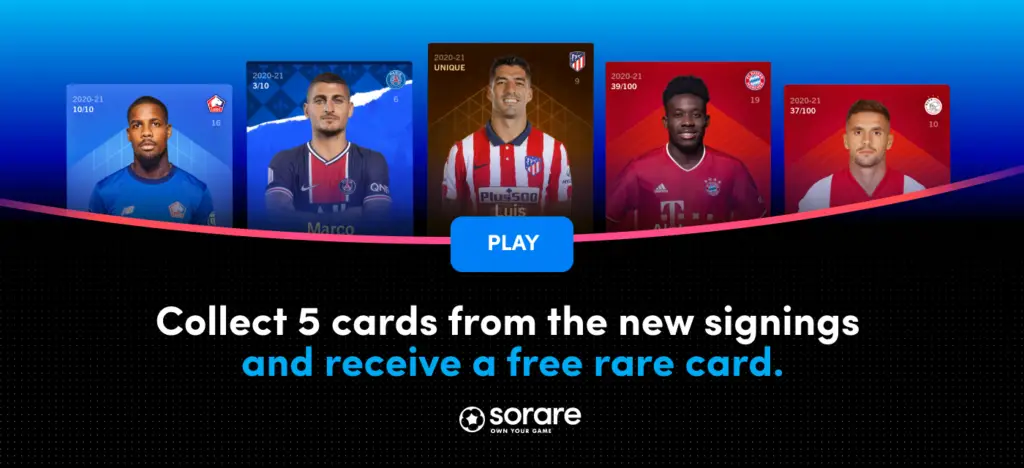In every team sport, communication is essential between members of a team. This enables them to collaborate effectively and reach their potential as a unit. Football is no different, as players have to communicate on and off the pitch to build their team spirit and improve their understanding in various capacities as teammates.
Being a global team sport, most football teams have players of different nationalities who speak different languages. Sometimes, this complicates how they can communicate with one another due to the language barrier they face.
Here’s what you need to know about how footballers communicate with one another to ensure they achieve their set goals as a team.
How do footballers communicate with each other?
There has always been the question of how players who speak different languages communicate on and off the pitch. This could also be a challenge for a manager to pass information to a player who doesn’t understand the language everyone can speak in a team.
However, there are various wagers players and managers bridge this barrier. Here are some of them.
#1 Learning the native language of the country
When a player joins a new league, one of the first things on their to-do list is to become fluent in the native tongue of the country in which they will be playing. Due to this, they can successfully interact with and understand both their teammates and their managers.
If a player can quickly understand the native language of the league, it becomes easier for a manager to select him for matches.
For instance, when Gabriel Martinelli signed for Arsenal in the summer of 2019, the only language he could speak was his native Portuguese. However, he had to start his English lessons immediately to ensure he could communicate better with his teammates on and off the pitch.
Fast-forward to 2022, Martinelli can speak English fluently!
On the other side, it can be quite a challenge if a player refuses to make an effort to acquire the native tongue of the country in which they play. As a result, there could be a breakdown in communication between the players, the majority of their teammates, as well as the other members of the club.
For instance, Chelsea former striker Diego Costa did not pick up any English while playing for the club.
According to The Athletic, the striker couldn’t stay at the club for long because he always felt homesick.
However, Costa achieved a considerable number of successes at Chelsea, winning two Premier League titles and one League Cup. He scored 59 times in 120 games for the club despite not being able to communicate with his teammates in English!
If you’re looking to stream the latest football matches from any location, you can check out the latest deals at NordVPN.
#2 Communicating with those who speak the same language
Even if a player is not fluent in the language of the country in which he is playing, he may still have the good fortune of having teammates who speak the same language as he does. This will make communication much simpler. The language could be the one spoken in the player’s native country, or it could be another language that the player has learned in the past.
For instance, Thiago Silva did not speak or comprehend English when Chelsea bought him in 2020. However, because other players on the team spoke the same languages that he did, he could integrate seamlessly into the group.
In addition to speaking French with Cesar Azpilicueta and Edouard Mendy, he was fluent in his native Portuguese, and he could speak with the likes of Jorginho.
#3 Non-verbal communication through gestures
When players do not share a common language frequently resort to using signs or gestures to communicate. Through this, they can get their messages across to one another.
Even when all team players speak the same language, they will sometimes communicate with each other through hand signals.
To communicate with one another and ensure that everyone is on the same page, it is common practice to use gestures like pointing fingers, shouting, moving the head, and making hand movements.
As a result, players can either shout at their teammates or point to the location where they want the ball. They can also wave their hands to influence the movement of their teammates.
As an illustration, Chelsea’s first goal in their 3-0 victory over Wolverhampton Wanderers in the Gameweek 10 of the 2022 Premier League campaign resulted from the very effective use of non-verbal communication.
Before Mason Mount sent in the cross that Kai Havertz eventually headed in to score the goal, Mount waved his hand to signal where he would put the cross.
One such way of non-verbal communication is via raising of their hands, and you can find out why footballers do it here.
Conclusion
Communication is vital in football, and it is part of the reasons teams become successful. As a result, players need to maintain regular communication to guarantee that they operate at the same frequency and strive to accomplish the same objective.
Apart from speaking to each other in the language of the country in which the league is located, players also communicate in a familiar language. However, one style of communication that is inevitable is signals and gestures.
If you’re looking to buy the latest football merchandise from your favourite club, you can check out the latest deals at Kitbag.
Subscribe to Telegram and Twitter to get the latest updates!

Are you passionate about football and want to earn some side income?

